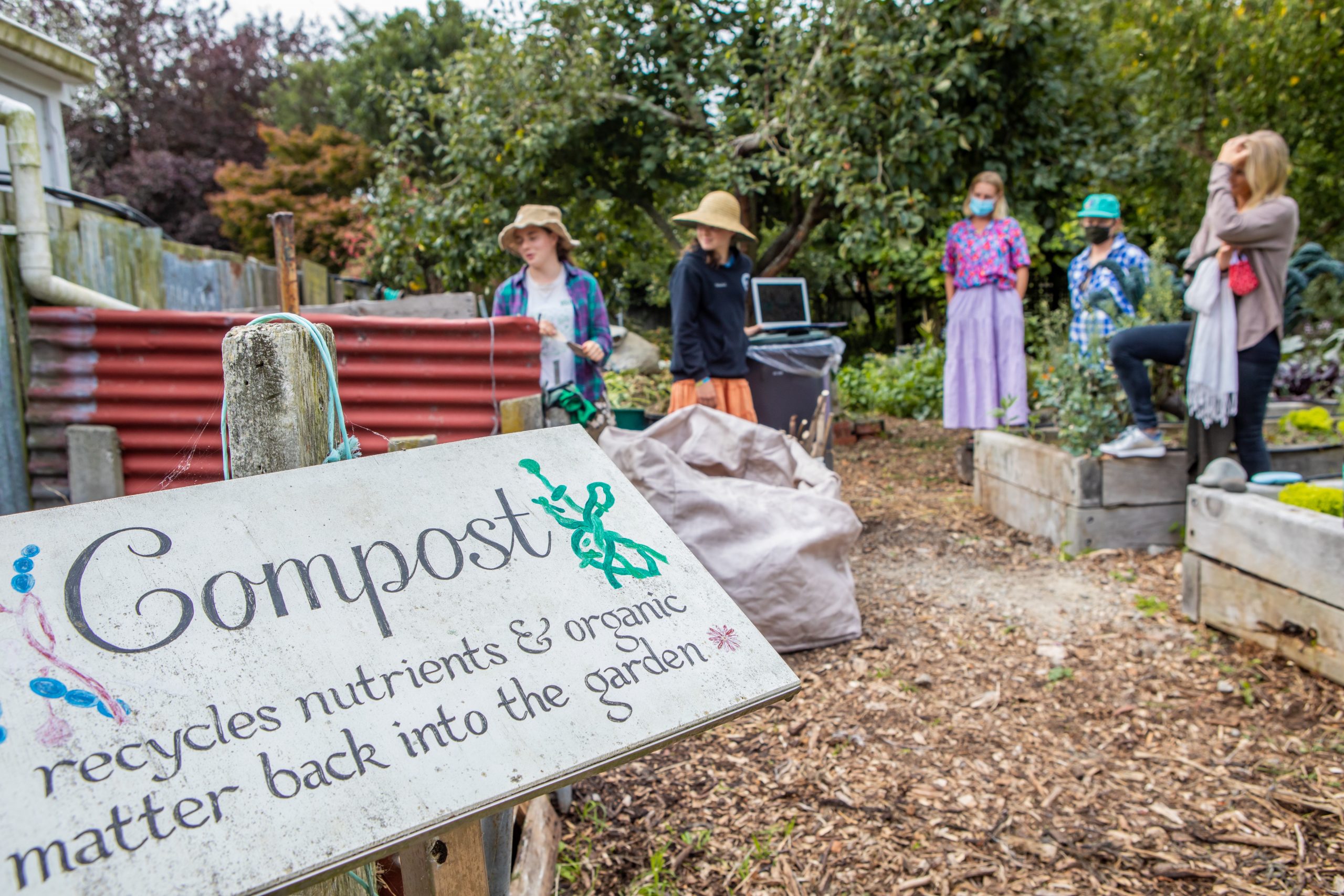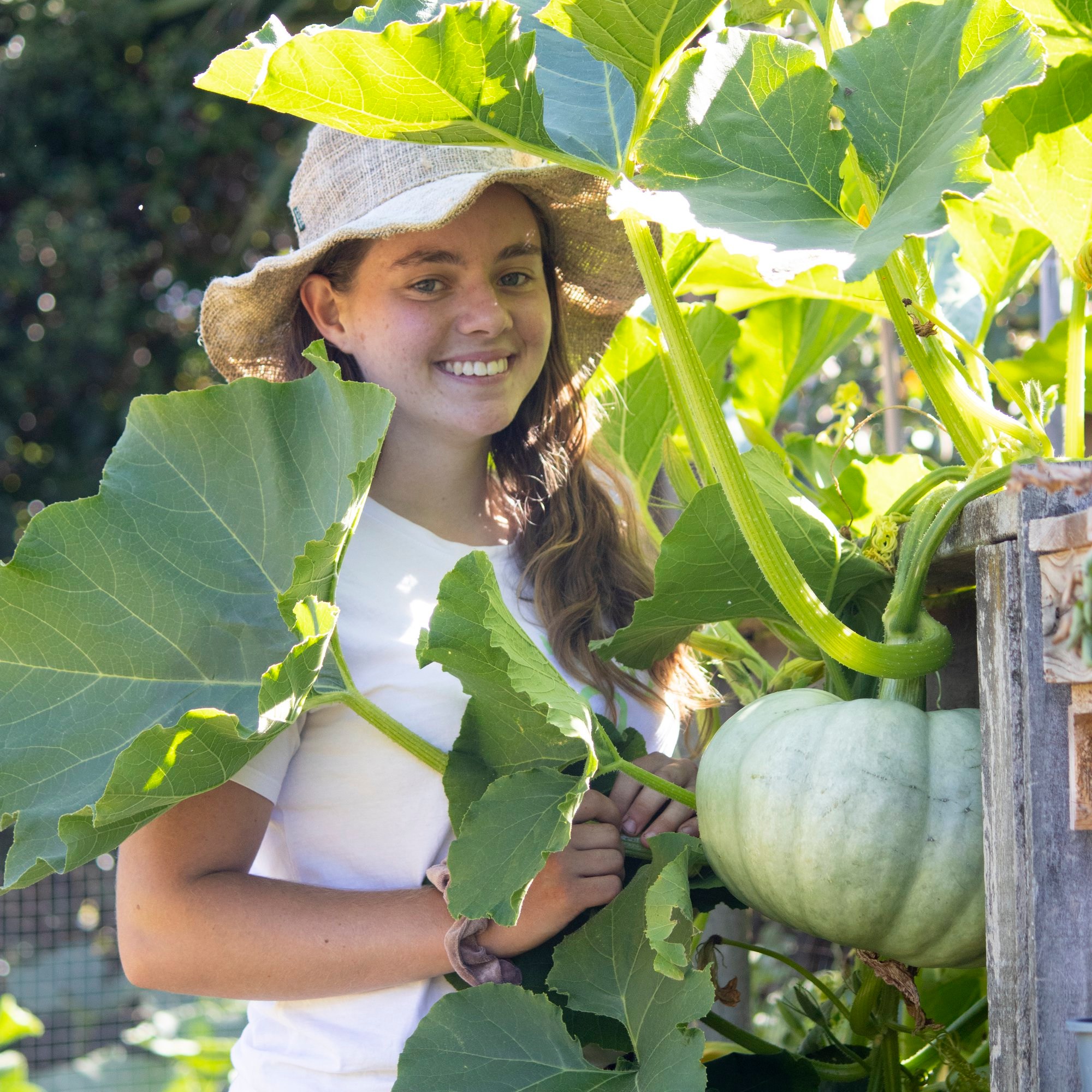How to Make Your Own Compost
What you’ve got is not waste!
Have you ever seen living and breathing compost? It almost looks like brownie right. Sometimes it smells and looks so good I just want to eat it. Of course I don’t. The plants need it more than I do.
I have talked with so many people and lots of them say they want to compost, but have absolutely no idea where to start. It stinks. It’s gross. Or they don’t have enough space.
But don’t get worried, just get wormy, because I am here to help you compost!

Photo Credit: UC Photographer.
How to start your own compost
First of all you have to decide on what method of composting you are going to do, and what type of compost bin.
Are you going to Bokashi, have a contained worm farm, an in-ground worm farm, have a black compost bin, a wooden pallet compost bin, or do you have no space and instead are going to share your scraps on the app ShareWaste?
Location
No, your compost bin doesn’t need full sunlight and it can be in partial shade. Just put it wherever works for you. Ideally close to your house so that you’re not walking miles to empty your food scraps, as well as making sure it is on grass/soil NOT on concrete.
Next step is to have a closed-lid container in your kitchen
This is where you can separate your food scraps from your trash. An ice cream container will do.
Once your container is full, it’s time to empty it.
First add a few handfuls of sticks to the bottom, as this creates air flow. Then add a layer of dead leaves (heaps around now being Autumn) or ripped up paper/cardboard.
Then you can add your food scraps. Continue to layer your compost bin like this with dead leaves/ paper and then food scraps.
Finally, like making a cake, a compost ‘cake’ has 4 important ingredients.
Air, moisture, browns and greens.
You create the air through aeration, by using a garden fork or compost aerator. The moisture, through watering your compost when it’s too dry. Your brown materials are your non-smelly, ‘dead’ materials, such as dead leaves, paper, cardboard, toilet rolls, sticks… And your green materials are the smelly, ‘living’ materials, such as coffee grounds, food scraps, fresh lawn clippings, fresh garden clippings…
You don’t need to know everything before you start composting, because that will NEVER happen! The point is diverting your food scraps from landfill, and making glorious compost which can be used to increase the health of your plants and the soil.
I am from Rotorua, but I am studying Environmental Science at UC. I have been running compost workshops for one year and when I started, I definitely did not know as much as I do now. It’s about failure, and experimenting, as that is how you learn.
Follow me on Instagram @kaitlyngrowz where I share tips on how to compost – I also run a business called Kai Compost, where I do compost consulting.
Happy Composting!
Kaitlyn

Photo Credit: Rotorua Lakes Council.
Words: Kaitlyn Lamb
Kaitlyn is studying Environmental Science at UC and runs compost workshops and consulting.
Follow me on Instagram @kaitlyngrowz and Kai Compost.
